Welcome to the new, swanky Goa, where the essence of its vibrant culture meets modern luxury. Beachfront villas boast sleek designs and panoramic views, while upscale restaurants serve innovative takes on traditional Goan cuisine. The nightlife pulsates with energy, with trendy bars and clubs offering a mix of local beats and international rhythms. Whether you seek adventure or tranquility, the new Goa promises an unforgettable experience where opulence meets coastal allure. Manjira Majumdar says the new Goa is the newest hotspot on the Indian tourism map after Covid, drawing more domestic tourists and hopes it does not become another chaotic tourist carnival.
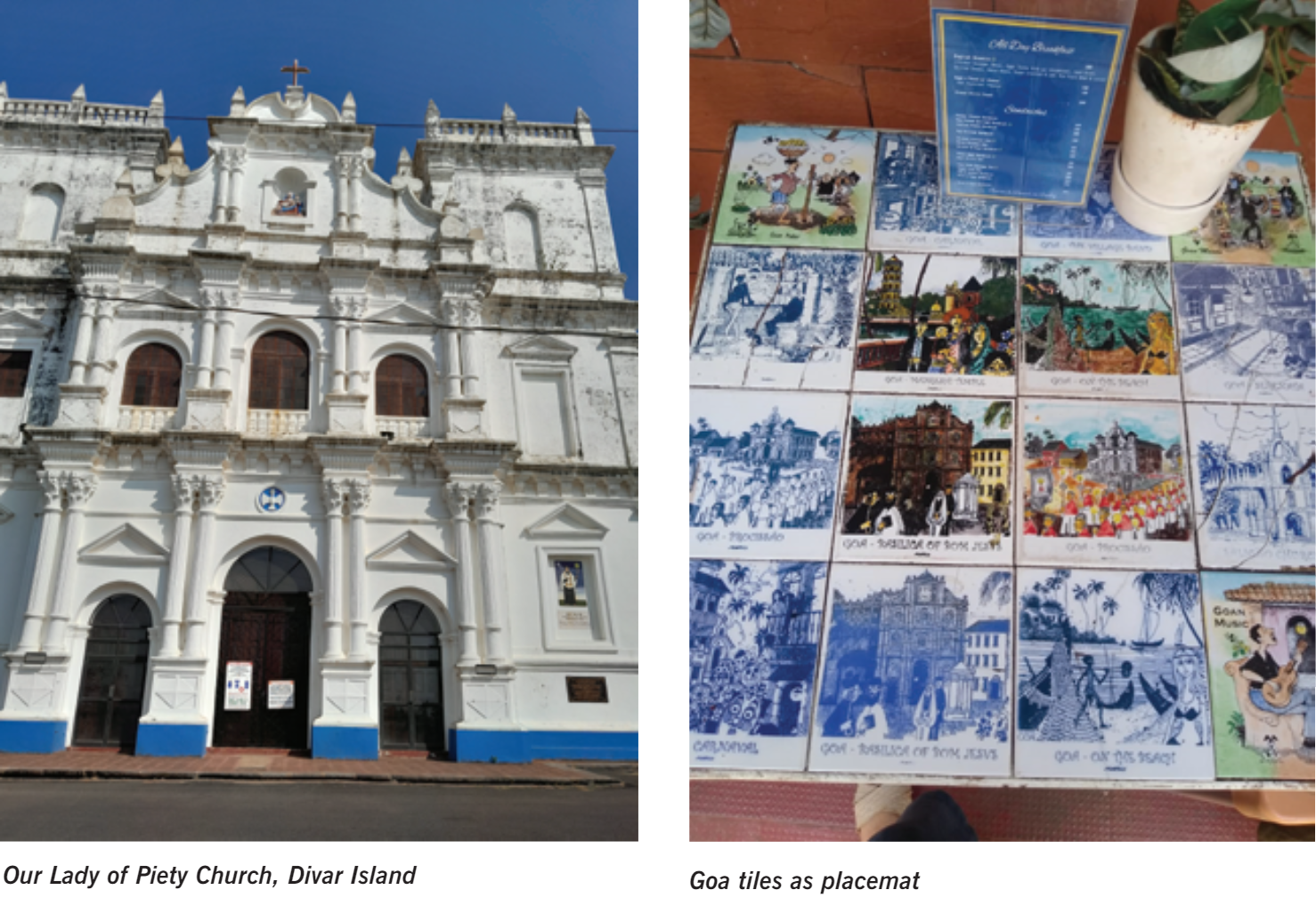
As an annual visitor to Goa, I have stories to tell about this cute little State. Stories that speak of change, but whether for good or bad, only time can tell.
The first visit was all about fish, rice and feni, with xacuti thrown in-between. Watching the sunset over the sea, enjoying beer and kingfish fry at a shack on the beach was what dreams were made of. We were younger then and smelt a certain freedom in the air that did not clash with a society that took things easy yet was conservative at the same time. They let everyone be. The quaint haciendas, the music, cuisine and the sea struck up an orchestra of south flavours.
The next visit was after a couple of decades. This revealed the big changes. Informed about expatriates buying up old properties from the locals who could not maintain their old houses, and refurbishing these into swanky villas, started changing the DNA of the region somewhat. Parts of north Goa took on a new look with tourists looking for different adventures. The churches, temples, beaches notwithstanding, people were travelling to sample food that was served in an entire mind-boggling range.
In a recent visit, within a year, I found that Goa had changed once more. It is indeed changing very fast. There are so many things to do and enjoy and though that is not a bad thing at the outset, one can only send up a prayer that Goa retains the mixed image that history has bestowed on her.
The new Goa is not about tourists from the United Kingdom arriving in chartered flights. It is also not about the hippy, who could or could not afford Goa, but came and settled down here. It is a way of life. They succumbed to the very laid-back life in the warm sun as they sold bakery items and different kinds of home-made cheese. However, this generation has passed over to reveal a new layer of Goa.
So what is Goa today? Apart from the development in roads and bridges, it can be described, in short, as the multi-layered Goan cake known as the Bebinca, made with flour, egg yolks, coconut milk, cream, you name it.
You can peel away at the layers and discover things to do in between your visits to the various churches or the Mangeshi and Shanta Durga temples if you have not done that already. The early mornings are definitely to be kept for swimming at the sea and walking the beach. You can go back in the evenings to watch the sun set and take a stroll but as the twinkling lights are gradually switched on, the action swings towards music, and cuisine and drinks.
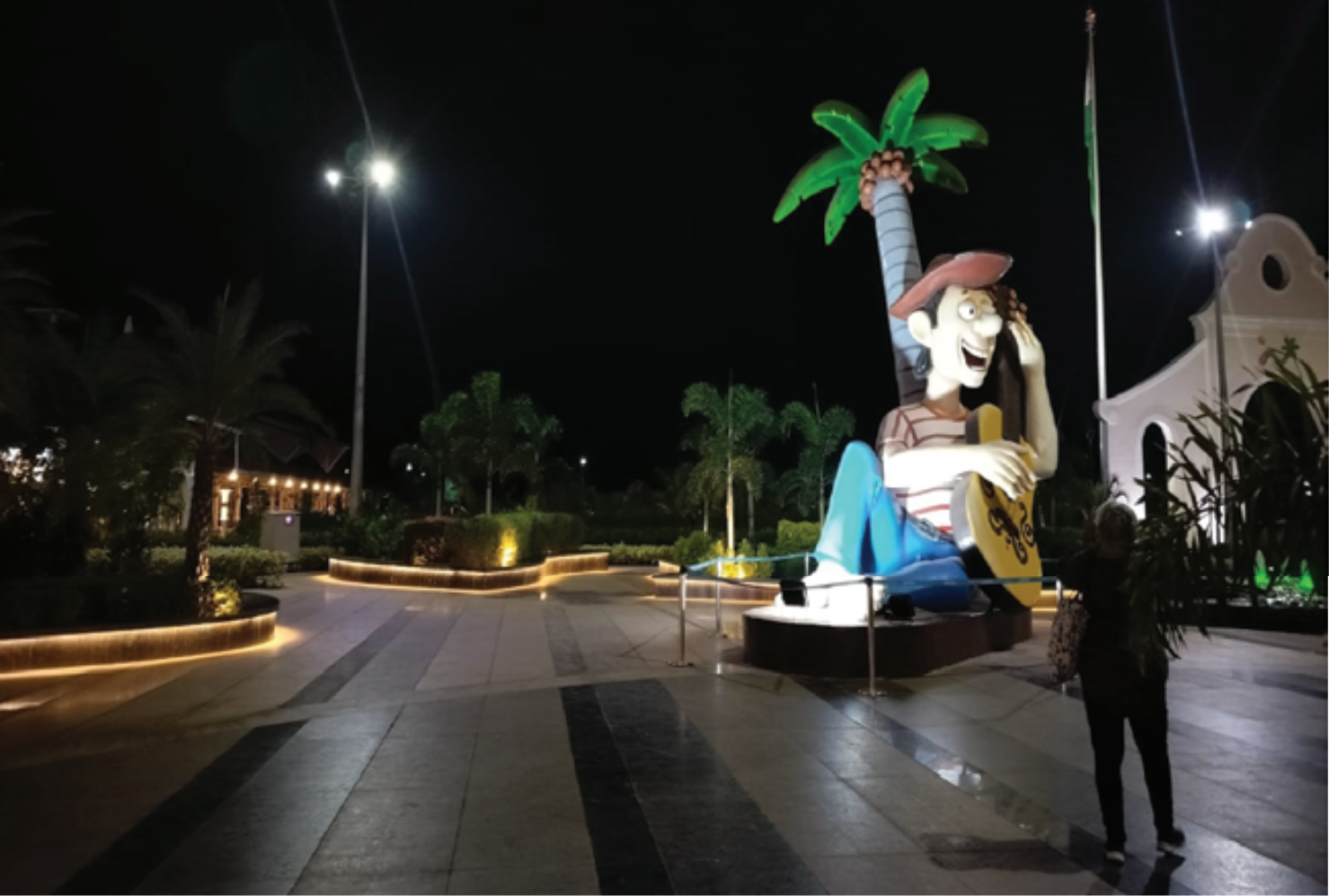
One noticeable thing is that places of fine dining are still understated in their décor and mostly done up in cane and soft lamps, when not within old houses. And while the locals may complain that they no longer hear the soft lapping of the sea or the seagulls, the happy chatter of well-heeled tourists make it a happy place for the latter to be in.
There are various cheaper options and reasonable priced places to stay in as well even if prices have overall gone up. The young visitors may look for their own music, fashion and fun, while families can choose from nature and heritage walks, curated art and music shows, play readings to shop for beautiful studio ceramics.
The visit to Panjim is not just for the stroll around the Fontain has, the capital of Panjim’s Latin Quarters. The vividly coloured Portuguese villas with their typical balconies and windows offer a tiny slice of exotica. A couple of boutiques sell the famous glazed azulejo tiles that are Arabic in origin, made famous via Spain and Portugal, due to the Moorish invasion. Panjim is also the area for a number of art and cultural events.
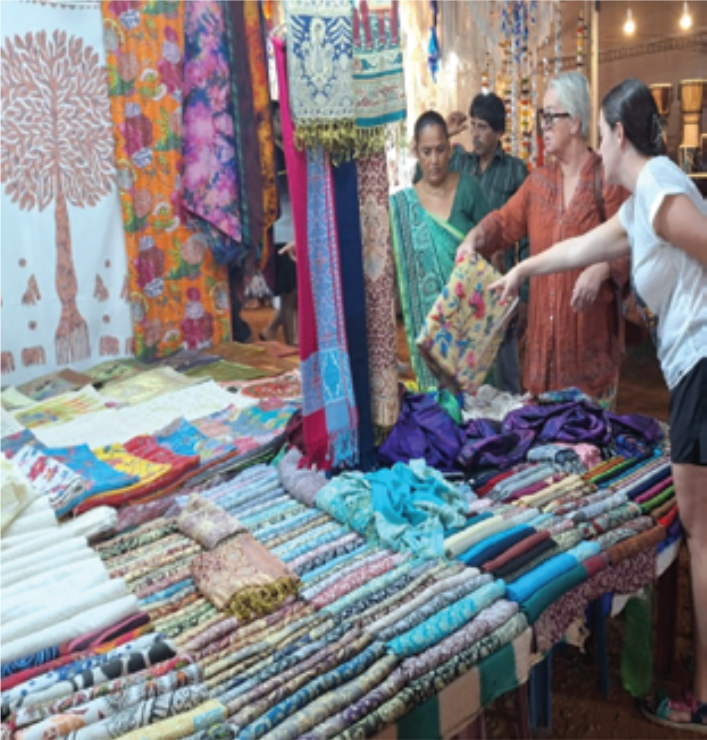
Goa is a photographer’s delight. A café sign said the beach is boring, indeed it is! Look beyond and you will find little details of Goan life and culture that the ordinary tourists may miss in their loud sojourns. And for food, do not miss the Konkan fish thalis even as you tuck in pork vindaloo and fusion fare.
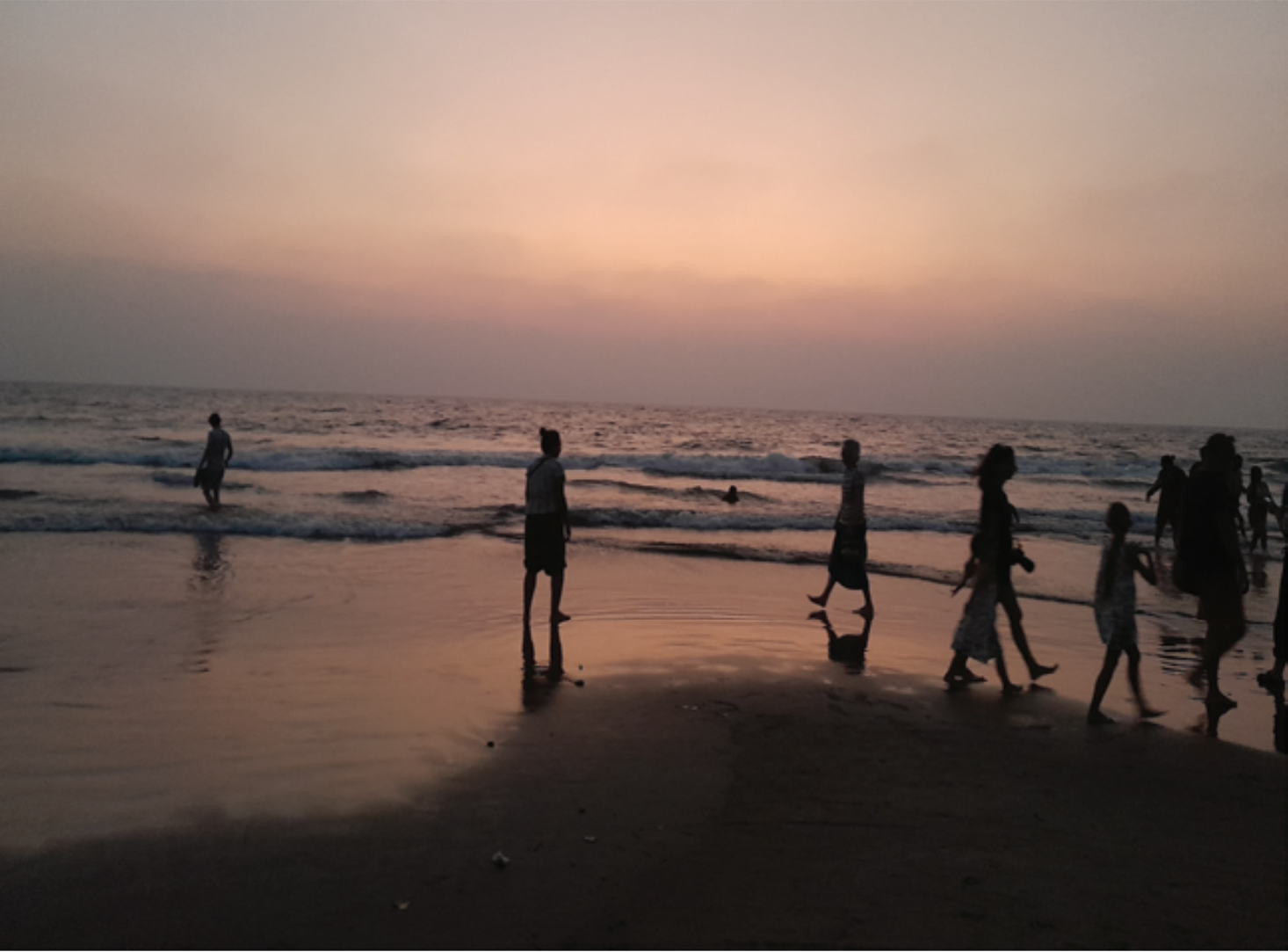
It is all about those various influences of the ancient past mingling with the present where opportunities in the tourism trade have opened up avenues for citizens from outside the state. The locals may complain about this intrusion but this is a reality that one has to pay for any development.
Those seeking an immersive experience in art can spend a quiet afternoon at the private Museum of Goa or MOG, a private art gallery located in Bardez, again in north Goa. The adjacent café and a museum shop make it a complete affair. Designed by the local artist Subodh Kerkar, it is a smart three-storied building that houses his private gallery. His creations in a number of mediums including installation and huge sculpture are on display though MOG holds retrospectives of other artistes as well.
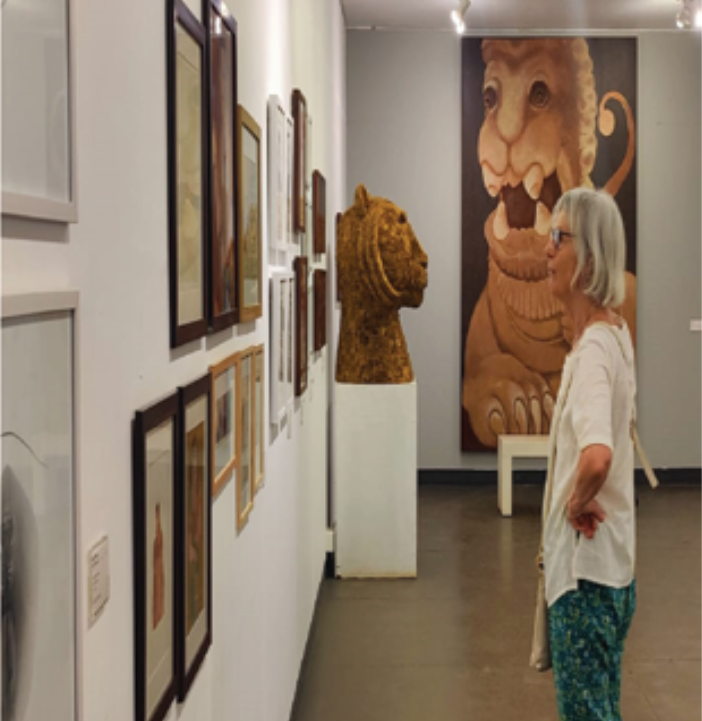
South Goa is known for lesser-known beaches such as Palolem, Agonda, Majorda compared to the better-known ones of the north like Vagator, Calangute, Baga and Anjuna. Another important discovery was the Divar Island this time. Apart from some lovely vintage homes, there are churches galore on this island for which you have to cross the River Mandovi to get there. Of these Our Lady of the Piety Church stands out on a hillock with a lovely view of the river. It is believed that there was a Ganesh temple here once upon a time. There is another beautiful temple known as Shree Hatkeshwar Temple dedicated to Lord Shiva.
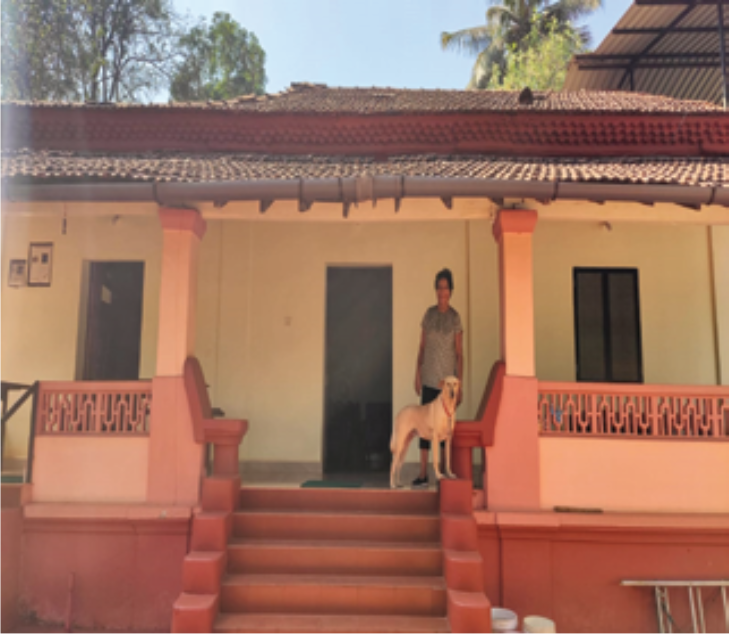
Goa, over the years, looks more like a swanky new tourist spot, in which you can tailor make your requirements for slow relaxation combined with delectable food and drinks. There is water sport, casino, heritage walks, art camps and fashion. No one bothers you and lets you be. If you visit this lovely state, make it no longer than a week to spend in it, unless you are working on a creative project. Or else, you will never want to leave it. While the new Goa is the newest hotspot on the Indian tourism map after Covid, attracting more domestic tourists, let us hope that check and balances are in place in the name of development. It should not become another chaotic tourist carnival without the unique blend of the east and west that it already is.

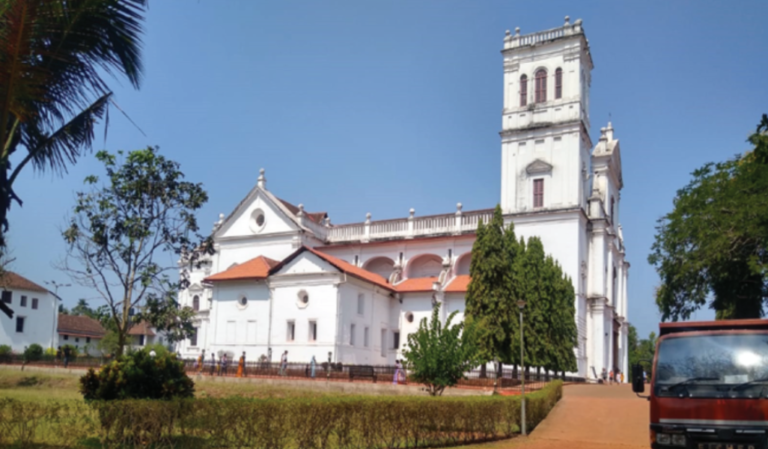
 Manjira Majumdar studied Comparative Literature and is presently an independent journalist and author. Her areas of focus are people, places, livelihoods, crafts, films and society. Surrounded by books, house plants, cats, she hopes to bring all her experiences together to write more books, both fiction and non-fiction. She lives in Kolkata, when not traveling.
Manjira Majumdar studied Comparative Literature and is presently an independent journalist and author. Her areas of focus are people, places, livelihoods, crafts, films and society. Surrounded by books, house plants, cats, she hopes to bring all her experiences together to write more books, both fiction and non-fiction. She lives in Kolkata, when not traveling.